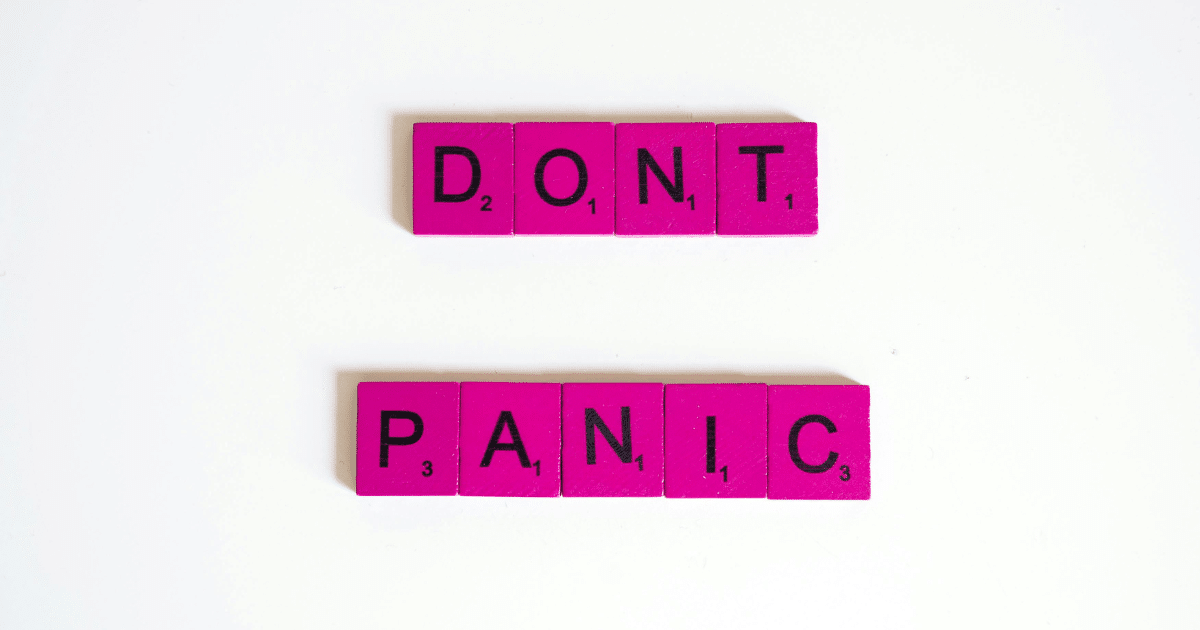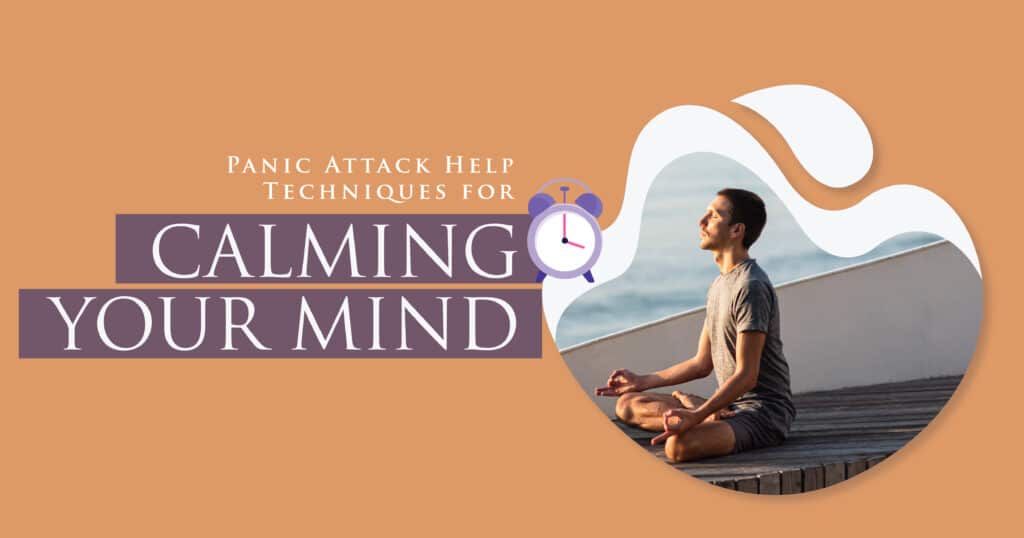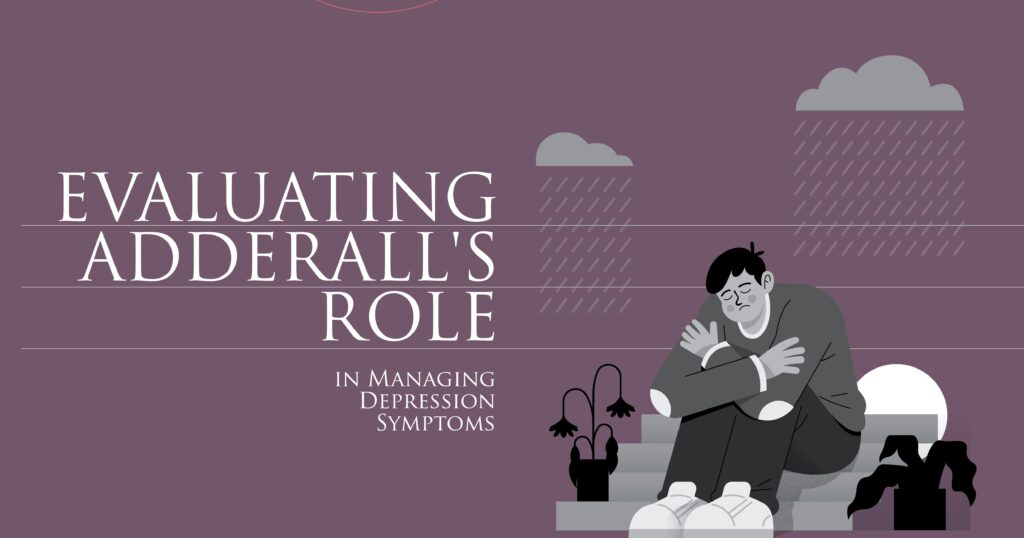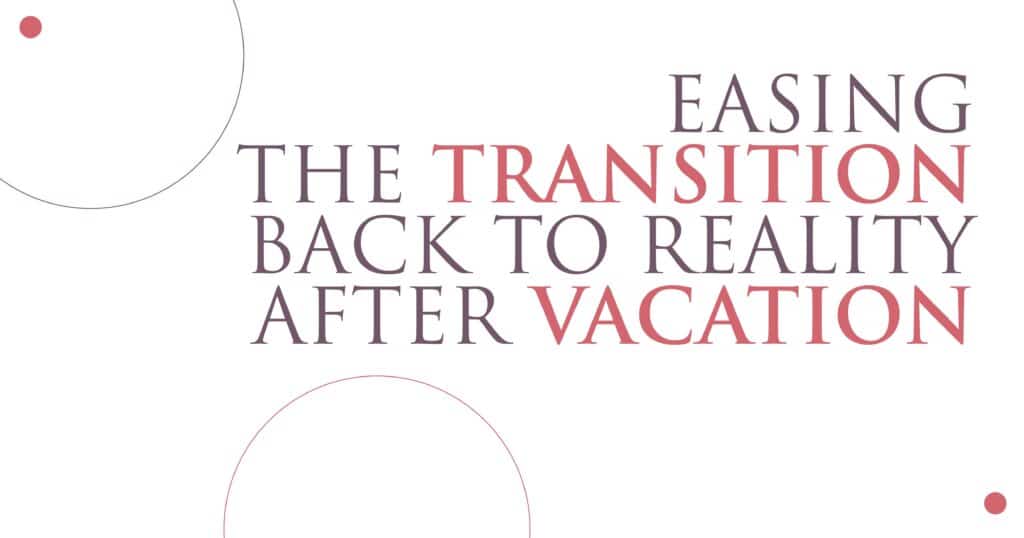Panic attacks can feel overwhelming – your heart races, breathing becomes shallow, your chest feels tight, and it can seem like the world is closing in. For many, these intense episodes arrive unexpectedly, leaving them shaken, exhausted, and fearful of the next occurrence. The good news is that panic attack help is available, and with the right coping strategies, you can learn to calm your mind and regain a sense of control.
Whether panic attacks stem from anxiety disorders, stress overload, or specific triggers, having a toolkit of techniques can make the difference between spiraling into fear and moving toward calm. This guide explores evidence-based methods – ranging from breathing exercises to mindfulness practices – that can help you manage panic attacks in the moment and reduce their frequency over time.
Identifying the Signs and Symptoms of Panic Attacks
The first step in effective panic attack help is recognizing the signs early. Symptoms can vary from person to person, but they typically come on suddenly and peak within minutes. Understanding these warning signs allows you to take action before the episode escalates.
Common signs include:
- Rapid heartbeat or palpitations.
- Shortness of breath or hyperventilation.
- Chest pain or discomfort.
- Dizziness or lightheadedness.
- Trembling or shaking.
- Sweating, chills, or hot flashes.
- Nausea or stomach discomfort.
- A feeling of detachment from reality (derealization).
- Fear of losing control or “going crazy.
San Jose Mental Health
The Role of Breathing Exercises in Anxiety Relief
Breathing exercises are one of the most effective tools for reducing the intensity of a panic attack. When panic sets in, breathing often becomes rapid and shallow, which can increase feelings of dizziness and loss of control. Controlled breathing helps regulate oxygen and carbon dioxide levels, signaling your brain that it’s safe to relax.
Key breathing techniques include:
- Box Breathing – Inhale for 4 seconds, hold for 4 seconds, exhale for 4 seconds, hold for 4 seconds. Repeat until calmer.
- 4-7-8 Breathing – Inhale for 4 seconds, hold for 7 seconds, exhale slowly for 8 seconds.
- Diaphragmatic Breathing – Focus on expanding your belly (not your chest) as you breathe deeply, slowing your heart rate.
Effective Stress Management Techniques for Panic Attacks
Stress is a major trigger for panic attacks, and learning to manage it can significantly reduce both their frequency and severity. Stress management is about creating balance – physically, mentally, and emotionally – so that everyday challenges don’t overwhelm your coping abilities.
Proven stress management techniques include:
| Stress Management Technique | Description | Key Benefit |
| Physical Activity | Regular exercise releases endorphins, natural chemicals that improve mood and reduce anxiety. | Boosts mood, lowers stress hormones, and increases resilience. |
| Time Management | Prioritize tasks and set realistic goals to avoid feeling overloaded. | Reduces overwhelm and prevents burnout. |
| Healthy Lifestyle Choices | Maintain balanced nutrition, get enough sleep, and limit alcohol and caffeine. | Supports physical health and stabilizes mood. |
| Journaling | Writing down thoughts and worries can help you process emotions and spot patterns in your triggers. | Increases self-awareness and emotional clarity. |
Mindfulness Practices for Immediate Calming
When panic strikes, mindfulness can help ground you in the present moment, steering your focus away from catastrophic thoughts. Mindfulness works by shifting your attention to the here and now, which interrupts the fear cycle.
Mindfulness techniques for panic attacks help:
| Mindfulness Technique | Description | Purpose |
| 5-4-3-2-1 Grounding Exercise | Identify five things you can see, four you can touch, three you can hear, two you can smell, and one you can taste. | Redirects focus to the present moment and reduces anxiety. |
| Body Scan Meditation | Slowly focus on each part of your body from head to toe, releasing tension. | Promotes physical relaxation and increases body awareness. |
| Mindful Observation | Choose one object near you and study it in detail – its color, texture, and shape – to distract yourself from racing thoughts. | Breaks the cycle of anxious thinking by engaging the senses. |
San Jose Mental Health
Cognitive Behavioral Therapy for Long-Term Relief
Cognitive Behavioral Therapy (CBT) is one of the most effective long-term treatments for panic disorder and recurring panic attacks. CBT helps identify and change the negative thought patterns that trigger panic, replacing them with healthier, more realistic perspectives.

CBT typically involves:
- Learning to spot anxious thinking patterns that lead to panic.
- Using evidence and logic to counteract fearful assumptions.
- Gradually facing situations that trigger panic to reduce avoidance behaviors.
Relaxation Techniques to Soothe the Mind and Body
Relaxation techniques activate the body’s parasympathetic nervous system, counteracting the “fight or flight” response triggered during panic attacks. These methods can be combined with breathing exercises for enhanced calming.
Effective relaxation strategies include:
- Progressive Muscle Relaxation
- Picture yourself in a safe, calming environment, engaging all your senses in the mental image
- Soothing Music or Nature Sounds
Building a Support System for Mental Health
Isolation can make panic attacks more frequent and harder to manage. A strong support network – friends, family, therapists, or support groups – can provide encouragement, accountability, and safety.
Ways to build and strengthen your support system include:
| Support Strategy | Description | Benefit |
| Open Communication | Share your experiences with trusted individuals to reduce stigma and increase understanding. | Builds trust, strengthens relationships, and fosters emotional support. |
| Joining Support Groups | Both in-person and online communities can offer validation and advice. | Provides shared experiences, encouragement, and practical coping tips. |
| Professional Support | Regular sessions with a mental health provider ensure ongoing guidance and progress tracking. | Offers expert insight, personalized treatment, and consistent accountability. |
Find Lasting Panic Attack Relief with Expert Support at San Jose Mental Health
If you’re struggling with panic attacks, you don’t have to face them alone. San Jose Mental Health offers compassionate, evidence-based care tailored to your unique needs. From immediate coping strategies to long-term treatment plans, our team is here to help you regain control over your life. Contact San Jose Mental Health today to take the first step toward lasting relief and a calmer, more confident future.

San Jose Mental Health
FAQs
- How can breathing exercises aid in anxiety relief during a panic attack?
Controlled breathing helps regulate oxygen and carbon dioxide levels, slowing the heart rate and reducing physical symptoms of panic. This signals your brain to exit the “fight or flight” state.
- What are some effective coping strategies for managing stress that can trigger panic attacks?
Regular exercise, time management, healthy eating, journaling, and relaxation techniques can all help reduce stress and prevent panic episodes.
- How does cognitive behavioral therapy contribute to long-term relief from panic attacks?
CBT helps identify and change the thought patterns that fuel panic, replacing them with realistic, calming perspectives and building long-term coping skills.
- What mindfulness practices are most effective for immediate calming during a panic attack?
Grounding exercises, body scans, and mindful observation help redirect focus from fearful thoughts to the present moment, reducing panic intensity.
- How can building a support system improve mental health and anxiety relief?
A strong support network provides encouragement, understanding, and accountability, making it easier to manage anxiety and maintain progress in recovery.








